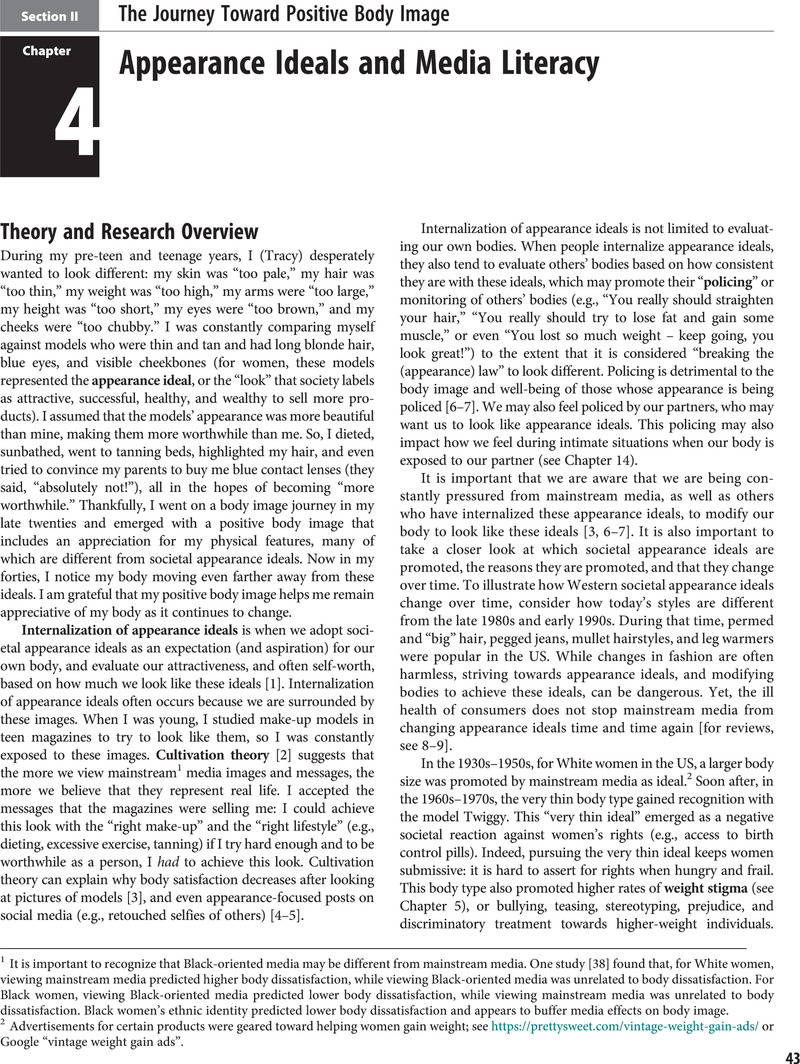Section II - The Journey Toward Positive Body Image
Published online by Cambridge University Press: 02 February 2021
Summary

- Type
- Chapter
- Information
- Positive Body Image WorkbookA Clinical and Self-Improvement Guide, pp. 43 - 360Publisher: Cambridge University PressPrint publication year: 2021



